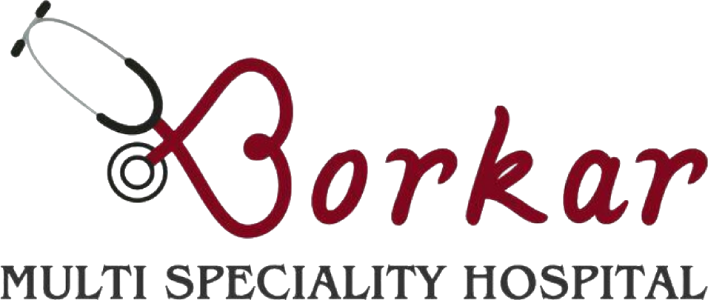SPONDYLITIS
Understanding Spondylitis: Causes, Symptoms, and Treatments
Spondylitis is a term used to describe inflammation of the vertebrae in the spine. It is commonly associated with a group of inflammatory diseases known as spondyloarthritis, which can cause chronic pain, stiffness, and reduced mobility. In this blog, we’ll explore the causes, symptoms, and treatment options for spondylitis to help you better understand this condition.
What is Spondylitis?
Spondylitis refers to inflammation of the spinal joints. It often affects the sacroiliac joints where the spine connects to the pelvis but can impact other parts of the spine as well. Ankylosing spondylitis (AS) is one of the most common forms of spondylitis, characterized by chronic inflammation that can lead to the fusion of vertebrae, resulting in a less flexible spine.
Causes of Spondylitis
The exact cause of spondylitis isn’t fully understood, but several factors contribute to its development:
- Genetics: A strong genetic link exists, with the HLA-B27 gene being a significant risk factor.
- Autoimmune Response: The immune system mistakenly attacks the body’s tissues, leading to inflammation in the spine.
- Infections: In some cases, bacterial infections may trigger or exacerbate spondylitis symptoms.
- Environmental Factors: Lifestyle factors like smoking and physical inactivity may worsen the condition.
Symptoms of Spondylitis
Spondylitis symptoms can vary from person to person but often include:
- Chronic Back Pain: Pain typically starts in the lower back and buttocks and may worsen after periods of rest.
- Stiffness: Morning stiffness that improves with movement is a hallmark symptom.
- Reduced Flexibility: Over time, inflammation can limit spinal mobility.
- Fatigue: Chronic inflammation may lead to persistent fatigue and a feeling of malaise.
- Other Joint Pain: Some forms of spondylitis affect other joints, such as the hips, shoulders, or knees.
- Eye Inflammation: Uveitis or iritis (inflammation of the eyes) is a common extra-articular symptom.
If left untreated, severe cases of spondylitis can lead to complications like spinal deformities, osteoporosis, and cardiovascular issues.
Diagnosis of Spondylitis
Diagnosing spondylitis involves a combination of clinical evaluation and diagnostic tests:
- Medical History: A detailed history of symptoms and family background can provide clues.
- Physical Examination: Checking for signs of inflammation, reduced mobility, and tenderness.
- Imaging Tests: X-rays and MRIs are used to detect changes in the spine and sacroiliac joints.
- Blood Tests: Tests for inflammatory markers like ESR (erythrocyte sedimentation rate) and CRP (C-reactive protein), as well as genetic testing for the HLA-B27 gene.
Treatment Options for Spondylitis
While there is no cure for spondylitis, various treatments can help manage symptoms and improve quality of life.
1. Medications
- Nonsteroidal Anti-Inflammatory Drugs (NSAIDs): First-line treatment to reduce pain and inflammation.
- Disease-Modifying Antirheumatic Drugs (DMARDs): Used for severe cases to slow disease progression.
- Biologic Therapies: TNF inhibitors and IL-17 inhibitors target specific inflammatory pathways and are highly effective in managing symptoms.
- Pain Relievers: Over-the-counter or prescription painkillers for short-term relief.
2. Physical Therapy
Regular physical therapy can improve posture, flexibility, and overall mobility. Techniques may include:
- Stretching and strengthening exercises.
- Postural training to maintain spinal alignment.
- Hydrotherapy for low-impact movement in water.
3. Lifestyle Modifications
- Exercise Regularly: Activities like swimming, yoga, and walking can help maintain flexibility and reduce stiffness.
- Maintain Proper Posture: Using ergonomic furniture and practicing good posture can prevent spinal deformities.
- Quit Smoking: Smoking worsens inflammation and reduces the effectiveness of treatments.
- Healthy Diet: A balanced diet rich in anti-inflammatory foods can support overall health.
4. Surgical Treatments
Surgery is rare but may be necessary in severe cases to correct deformities or replace damaged joints.
Prevention of Spondylitis
While spondylitis cannot always be prevented, the following measures may reduce the risk or severity of symptoms:
- Regular Exercise: Strengthen your back and core muscles to support the spine.
- Avoid Prolonged Inactivity: Keep moving to prevent stiffness and pain.
- Ergonomic Adjustments: Optimize your work environment to reduce strain on the spine.
- Early Intervention: Seek medical attention at the first sign of symptoms for better outcomes.
- Monitor Eye Health: Regular check-ups can catch and treat associated eye inflammation early.
Living with Spondylitis
Living with spondylitis requires a proactive approach to managing symptoms and maintaining a good quality of life. Regular medical care, adherence to treatment plans, and healthy lifestyle choices can significantly improve outcomes. Support groups and educational resources can also provide valuable emotional and practical support.

